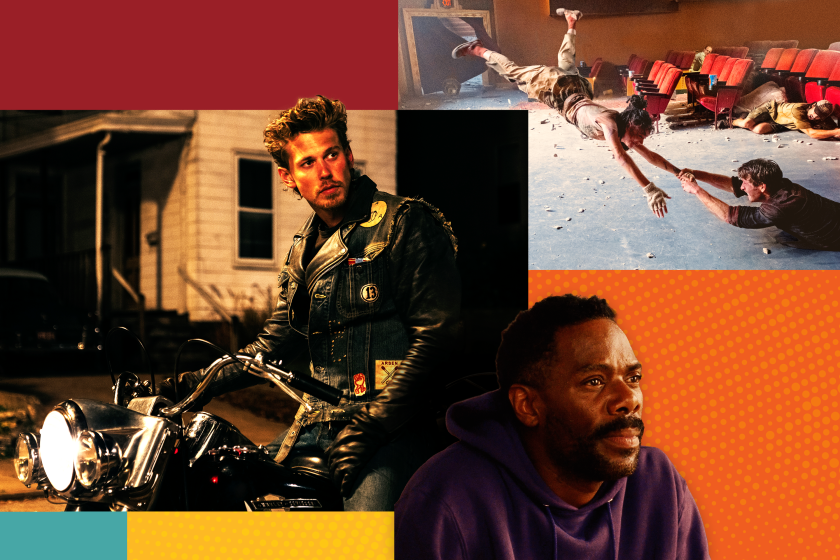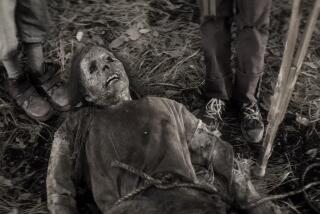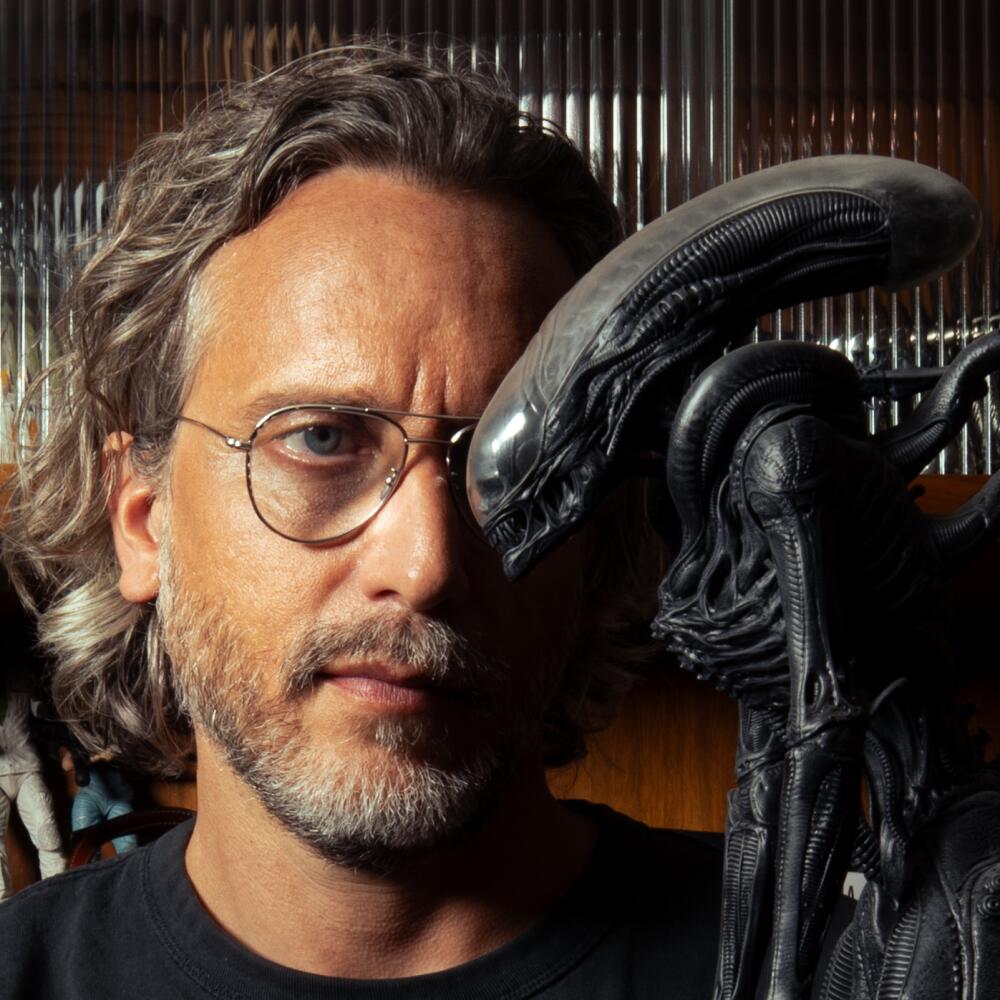
- Share via
Fede Alvarez was 12 in 1990 when he pressed play on a destiny-shaping VHS tape.
The Uruguayan filmmaker, then a burgeoning cinephile, was about to witness one of the first kills in the original “Alien.” His father, a journalist, had somehow gotten his hands on a making-of home video release with behind-the-scenes footage and clips from the sci-fi-horror classic.
Watching the scene without context terrified Alvarez, who at that age was already obsessed with consuming every nightmare movie he could get.
“I remember being completely shocked seeing that kind of black dragon that seemed to be made of chains, hanging from the ceiling without understanding what was happening,” Alvarez, 46, recalls in the Rioplatense Spanish that characterizes both Uruguayans and Argentines, during a conversation in an outdoor lounge area at his airy home in Los Feliz.
Several decades after that first encounter with the murderous xenomorph, Alvarez has now co-written and directed “Alien: Romulus,” a new installment in the 45-year-old franchise. Canonically, his story unfolds in between the space saga’s first two chapters: Ridley Scott’s seminal 1979 kickoff and James Cameron’s action-packed 1986 sequel, “Aliens.”
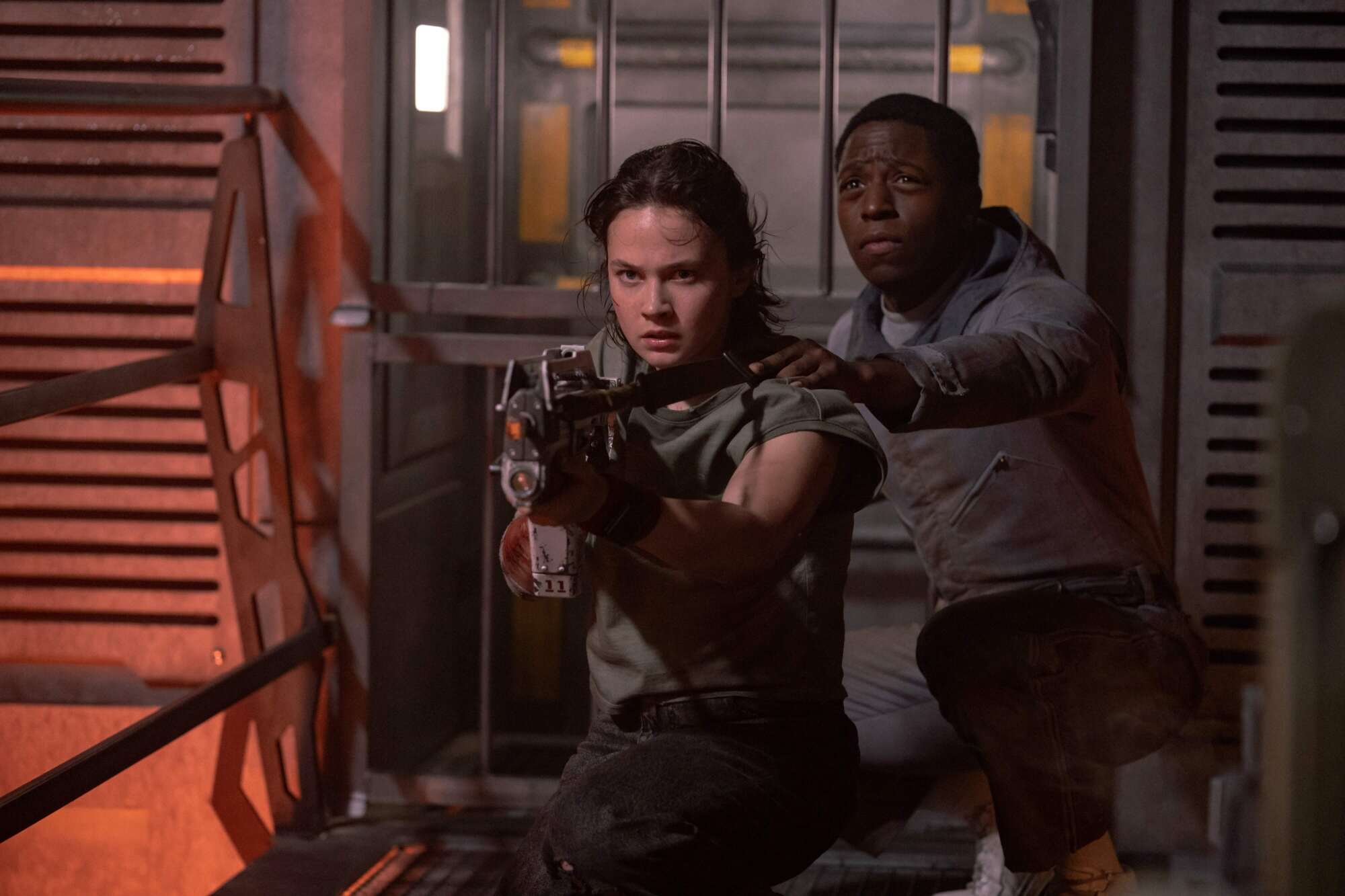
“Romulus,” in wide release Aug. 16, begins on a remote mining colony, from which Rain (Cailee Spaeny), a laborer, wishes to escape alongside her synthetic “sibling” Andy (David Jonsson), a robot meant to look after her in the absence of a parent. The pair joins a band of rogue young people who hijack their way into an abandoned spaceship with the cryogenic capabilities to get them to a safer planet without aging.
These new passengers, however, don’t know that the intergalactic vessel also houses a vicious predator that we, the audience, are more than familiar with. As the humans fight back, Alvarez folds in callbacks to the iconic movies that sandwich his story, tributes that come in the form of recognizable dialogue, an eyebrow-raising supporting character and the incredibly grungy atmosphere created by analog technology that can’t be faked.
Alvarez first expressed his desire to add to the “Alien” lineage after the double success of his 2013 debut feature, “Evil Dead,” a remake of Sam Raimi’s cabin-in-the-woods cult landmark, and then, 2016’s “Don’t Breathe,” an original concept. “People started asking me, ‘If you could do anything now, what would you do?’” remembers Alvarez. “The first thing that always came to mind was ‘Alien.’”
But at the time, Scott himself was in the midst of making “Alien: Covenant.” A few years later, not long after 20th Century Fox was folded into Disney, Alvarez received a call from the studio inquiring about his idea for an “Alien” movie. They soon asked him to write and direct it. He agreed, but the studio would never revisit “Alien” without Scott’s blessing. A devout fan of the series, Alvarez wouldn’t have it any other way.
“Ridley had to sign off on it,” Alvarez recalls, deferential to the veteran master while also palpably thrilled to have had such problems. Collaborating with Scott was a key component of the younger director’s interest in making “Romulus.” “He had to agree that the idea was the right idea, and the path was the right path. Everything starts with Ridley.”
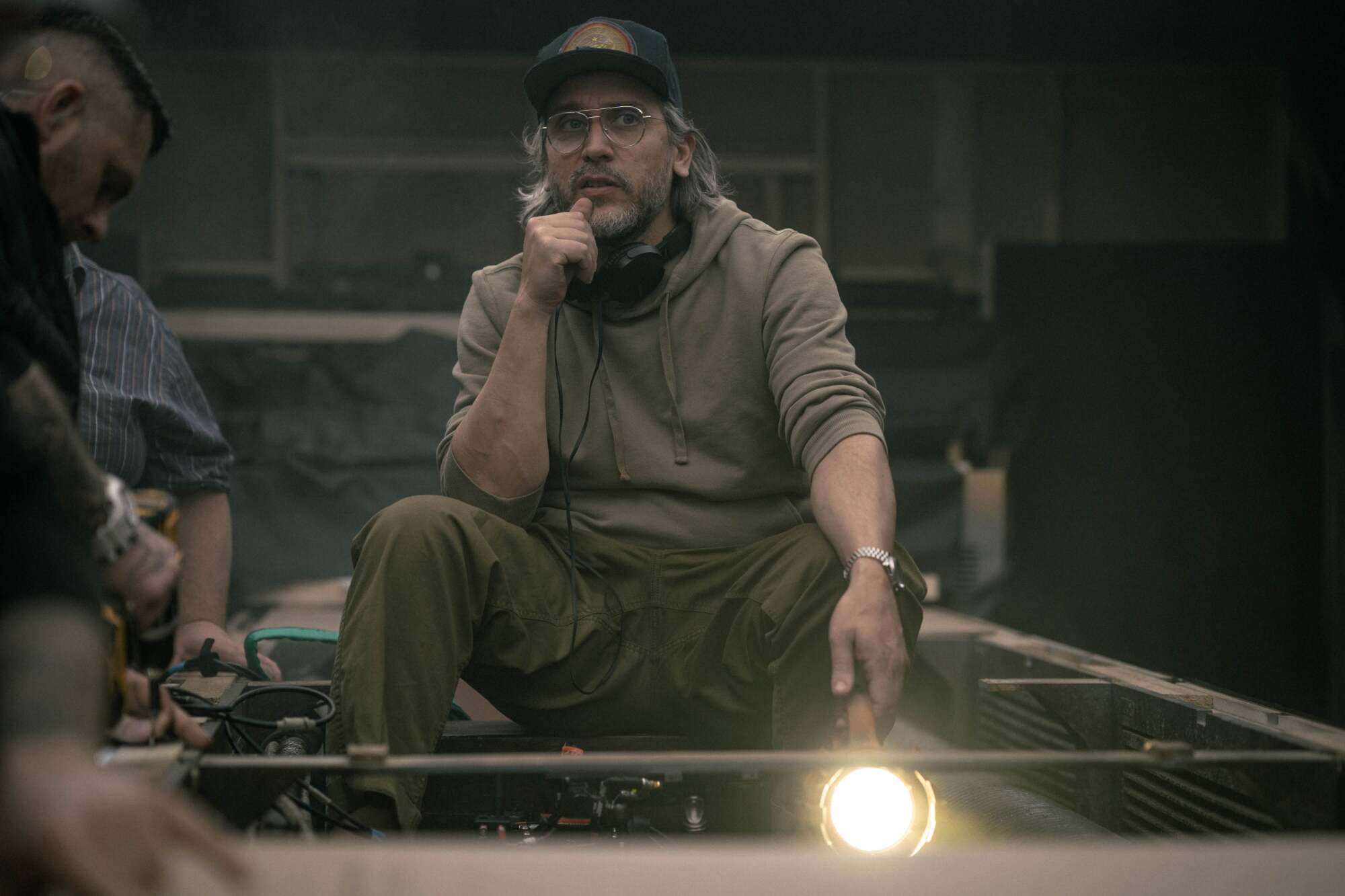
Alvarez first met Scott over Zoom to share the broad strokes of what he wanted to do with his chapter of “Alien.” Despite having worked in Hollywood for more than a decade and interacting with many of his idols, Alvarez admits being intimidated.
“I became a nervous little kid knowing I was going to have the opportunity to have an audience with the great Ridley Scott, and the times I’ve met with him since it always feels the same,” Alvarez says with a chuckle, as if back in that moment, batting around ideas with the maker of “Blade Runner,” “Gladiator” and “The Martian.” “It’s like having the chance to visit the Oracle of Delphi.”
Via video call from a conference room in Los Angeles, a cheerful Scott, 86, tells me that Alvarez is “good news” for a franchise that “needs waking up.”
“The danger of all franchises is they do die unless somebody suddenly decides to pick up the mat and run down the field with a ball,” Scott says. “Fede is a surge of energy, and I had to step back and let him do it.”
In Scott’s experience, the most difficult and crucial aspect of making a film is writing the script. “But Fede had a blueprint firm in his mind, and his script was pretty clear,” he remembers. “It was also long, but the screenplay is always long. And so we got into that a little bit.”
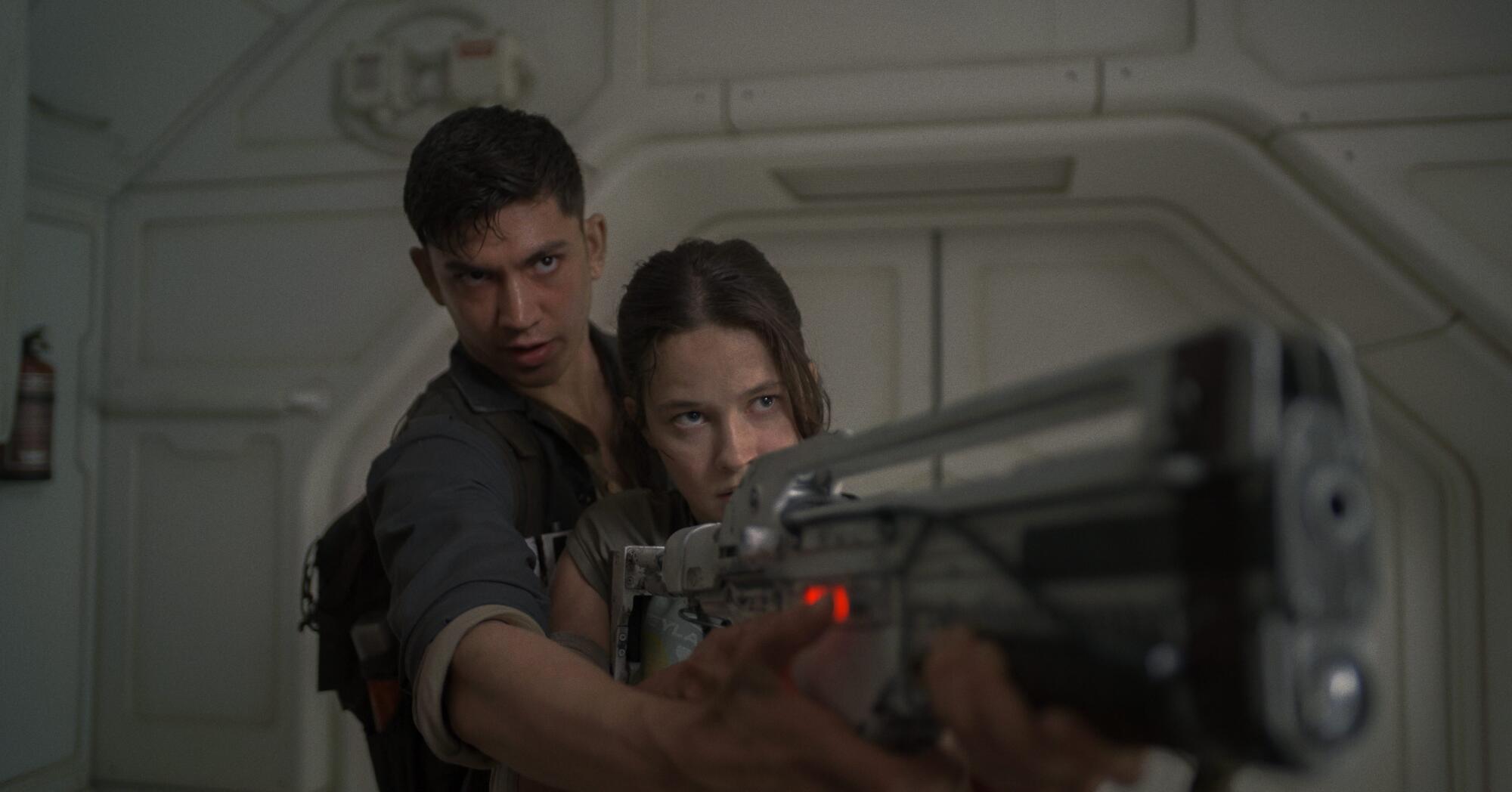
Each time he reached a milestone in his process, Alvarez would touch base with Scott, who provided specific notes, particularly after watching the first cut of “Romulus.”
“Ridley was always the person I went to in order to show him where things are and to debate with him and to have his blessing and also his criticism and pushback on some things,” said Alvarez. “It was a creative collaboration where we met in the middle.”
Scott, who says he personally hates receiving advice, didn’t want to meddle with Alvarez’s process too much. “It is hard work with anybody and their mother giving you advice — the last thing you want at a certain point is advice,” Scott says, adding in his British burr with a confidence that few have earned as fully, “I do not need advice. If I fall on my own sword and therefore lie bleeding, I say, ‘It was my fault.’”
He limited his feedback to Alvarez mostly to questions about timing. “Films are nearly always too long, and most directors never believe that a film can be too long,” says Scott, noting the dangers of “bum ache” that occurs when a movie approaches three hours. (A longer cut of his most recent epic, “Napoleon,” has just been announced, with a running time of 205 minutes.)
“I hope Fede’s got another one up his sleeve because I think this is going to do really well,” adds Scott, sincerely. “He’s got a streak of brilliance.”
Alvarez’s motivation to make an “interquel” came from his fondness for the aesthetic of the first two “Alien” films, especially their production design: grimy, lived-in interiors, rudimentary video screens and consoles, and thick airlock doors. “Romulus,” he thinks, is a period piece in which retro technology is taken from that period in the franchise’s timeline.
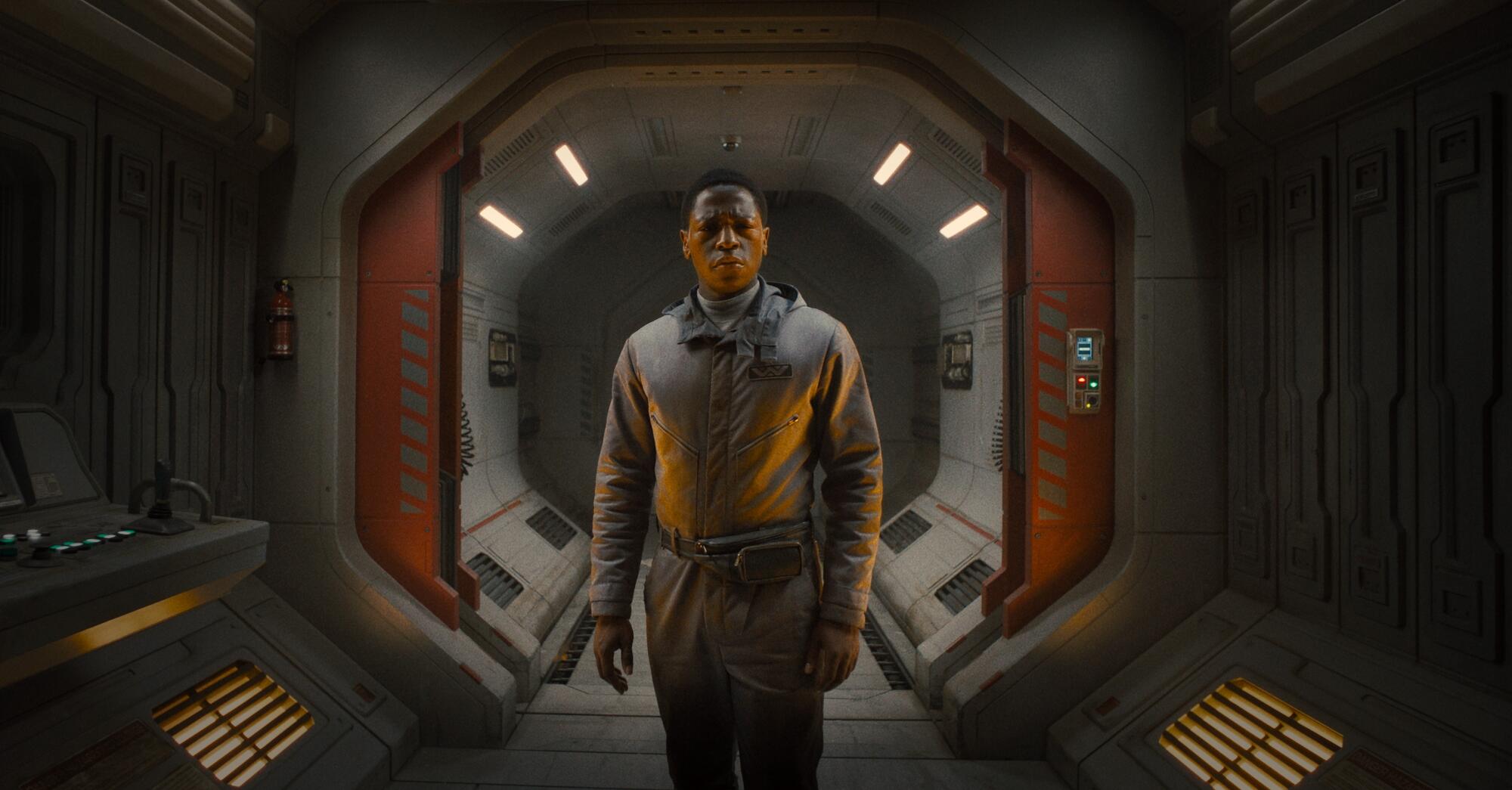
“I was trying to justify why it looks this way visually,” Alvarez says. “I’m also a big fan of following the canon to the letter and not deviating too much from previous creations.” Betraying the style too harshly, Alvarez believes, breaks the illusion for the audience.
At the same time, Alvarez thinks today’s audiences want to see new stories set in familiar worlds: plots and characters with which they can feel kinship. That’s why, he says, he never thought to include Ripley, the emblematic hero played by Sigourney Weaver.
“You never want a young audience to go see a movie and furrow their brow thinking, ‘Who is this person? Why is half the cinema so excited about this man and I don’t know who he is?’” he says. “It becomes an excess I’m not interested in.”
For Alvarez, the cornerstone of “Alien” is the creature and its life cycle, from the scrambling spider-like facehugger, to the chestburster that shook initial audiences to the core, through its rapid growth until it reaches its horrifyingly humanoid form. All the twists and turns, the director believes, derive from that uniquely conceived evolution. And all these unmistakable stages are present in “Romulus” — even a bit more.
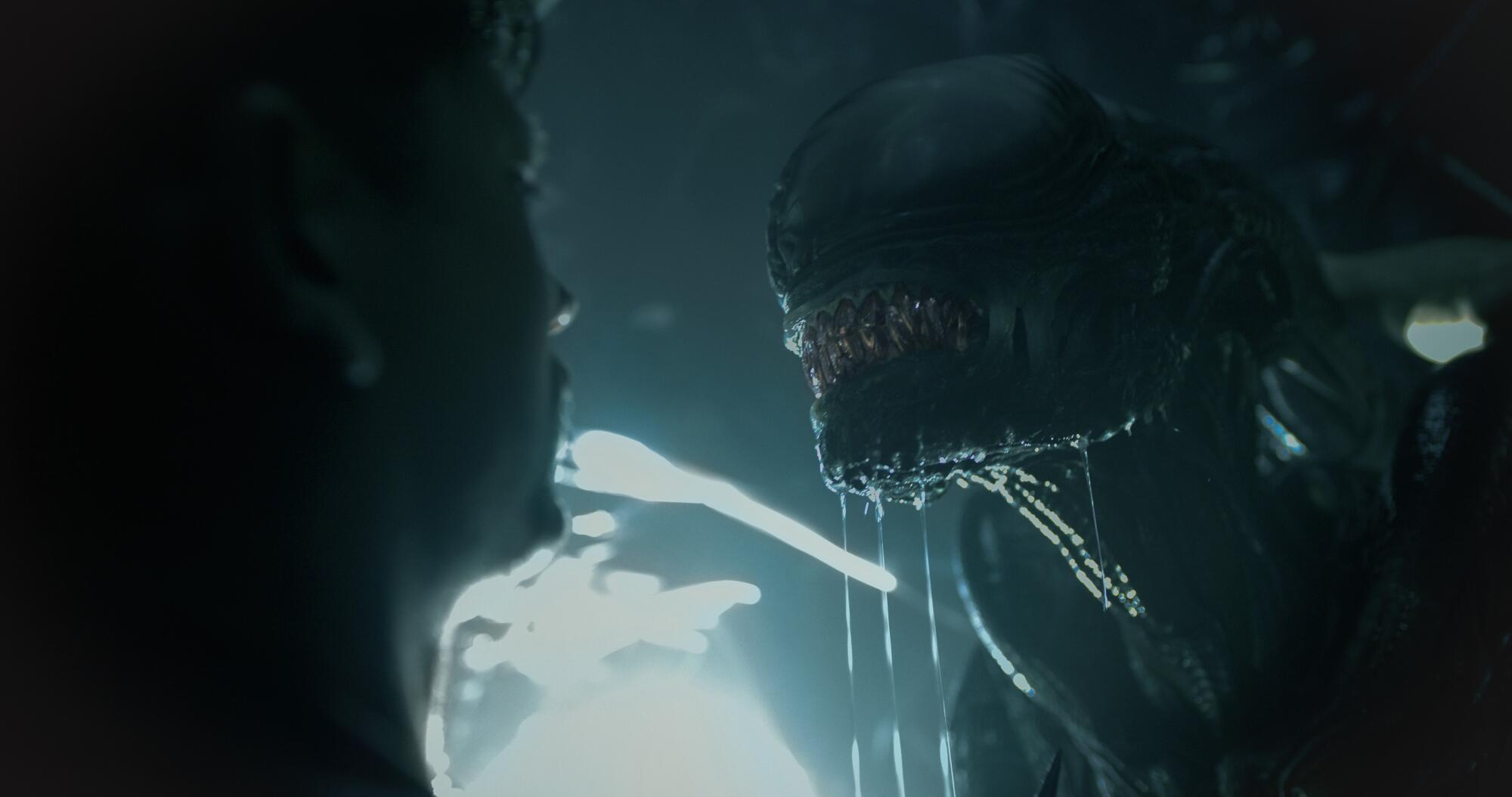
“The less you understand about the creature, the scarier it is,” says Alvarez. “We are afraid of things that we cannot understand, and above all, things that we cannot understand that have a human element.”
Part of Alvarez’s vision was to make a movie using practical sets and effects, but his reasoning doesn’t stem from the typical debate over CGI’s so-called realism. For him, it goes back to something more essential, the same pure impulse that drives a reporter.
“I don’t even care what looks better, but I want to go somewhere,” says Alvarez. “I want to travel in a ship in space where all these things are going to happen and my job is to be there with the camera, see it, capture it and bring it back.”
With the goal of tactility in mind, Alvarez was given license to fulfill other dream partnerships. For a scene in which a lab rat dies and then reanimates, Alvarez enlisted Tippett Studio, the outfit run by legendary effects master Phil Tippett, to make a model rodent move through stop-motion animation. For the spaceships, he hired seasoned effects artist Ian Hunter (“Interstellar”) to create them as miniatures, some of which were shot directly, others scanned and turned into CGI assets based on what had been built by hand.
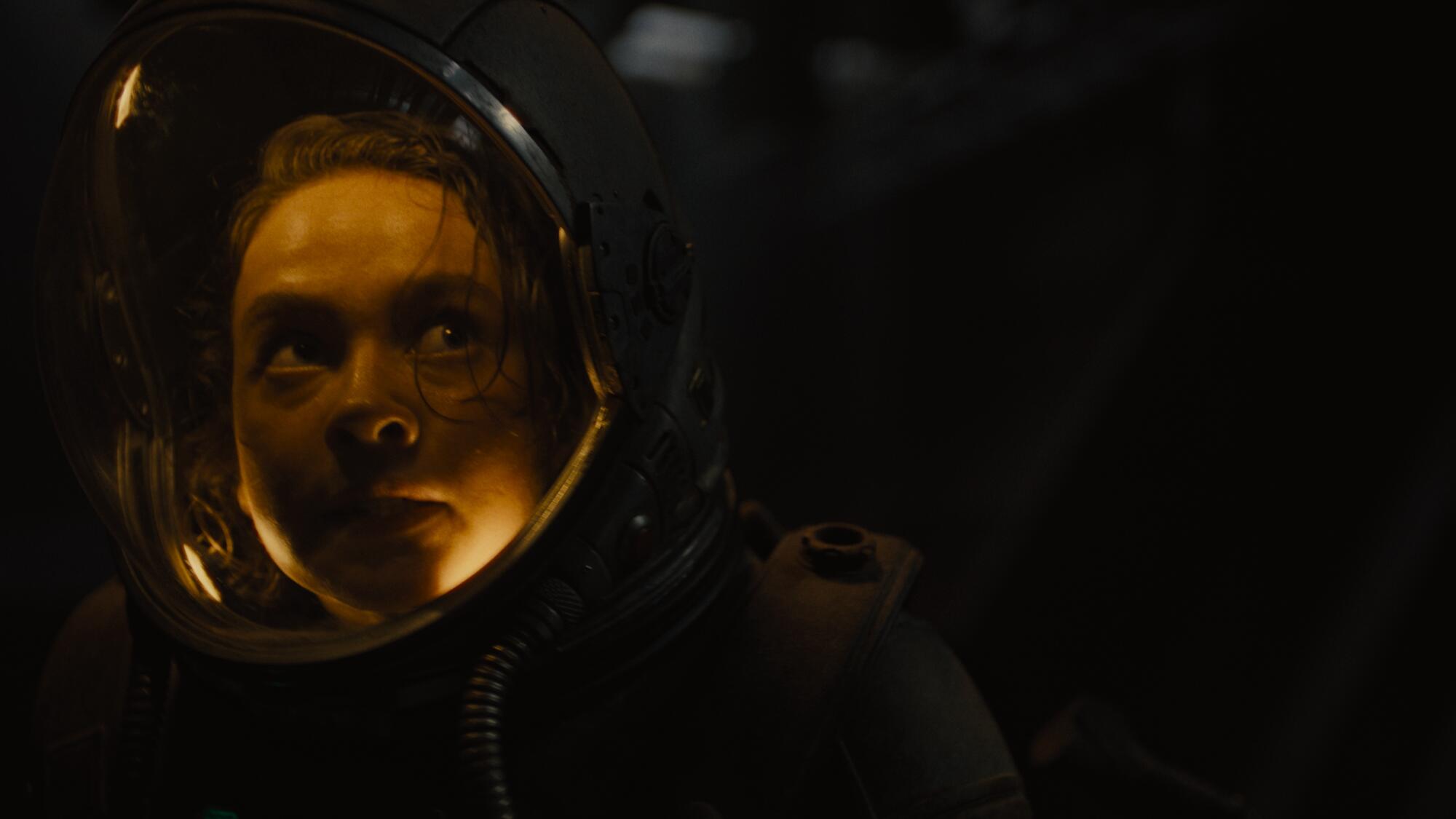
By his own admission, Alvarez doesn’t yearn to create a film with no limitations. He says that would be a cause for concern, not elation.
“Why would you want that?” he asks. “None of cinema’s masterpieces were made under total creative freedom, not the original ‘Alien’ nor ‘The Godfather.’” For Alvarez, those triumphs emerge from the struggle between a studio and a director, creative forces that want to make two different movies. From that mutual pushback comes the film.
Alvarez first learned to make movies in his late 20s under the expectations of clients buying commercials in his native Uruguay. “I have much more freedom today making movies in Hollywood than I had in Uruguay doing a low-budget yogurt commercial,” he says.
It was during those years that the director completed a short film, “Panic Attack!,” in which a giant robot (Alvarez did much of the programming and graphics himself) attacks Montevideo. In 2009, he uploaded it to YouTube solely to share with friends. By the following morning, views had exploded — it had, as we often say today, gone viral — and emails from Hollywood studios and talent agencies flooded his inbox.
Our staffers select a highly opinionated list of their most anticipated titles: Hollywood fun machines, indie big swings and the truly unmissable.
Within days, Alvarez, who had thankfully polished his English while doing a masters in Amsterdam, had signed a contract to develop “Evil Dead.” He recalls being haunted by a Los Angeles Times article published at the time that questioned whether he was, in fact, “the real deal” and the industry’s new wunderkind.
“Suddenly, there was an article that promised I was going to have a film career in Hollywood, and a producer saying something along the lines of, ‘Take a look at this guy, he is going to be a star. He is the real deal,’” Alvarez recalls. “I was like, ‘Who did I promise that to?’”
The news of his Hollywood break made headlines in Uruguay, where few movies are produced. Born during a brutal military dictatorship, Alvarez thought he would become a classical pianist — he still plays — because there were few prospects to make fiction features in his homeland. He started making shorts “por el amor al arte” (for the joy of doing it).
His father, who dreamed of directing films but was never able to, wasn’t pleased with Alvarez’s artistic hobbies. “When he realized that I was going down that path, at first he wanted to stop me in every possible way, which probably made me want to do it more,” Alvarez recalls.
Arriving in Los Angeles, the fresh-faced Alvarez found a mentor in Raimi, who executive-produced the remake of his “Evil Dead.”
“Sam changed our lives by believing that we could write it,” Alvarez says. “He wanted to protect our independent spirit from the Hollywood machine.” He speaks in the plural because he is including his Uruguayan friend Rodo Sayagués.
Review: ‘Evil Dead’ is a gleeful, gory, goofy good time
Every screenplay for a feature film Alvarez has ever written has been co-penned with Sayagués, whom Alvarez has known since they were pre-teens. Through all his life-changing opportunities, Alvarez has remained admirably loyal to the friends who first entertained his filmmaking curiosity back in Montevideo, at a time when working in Hollywood seemed inconceivable.
The first camera Alvarez ever used, a VHS camcorder, belonged to his friend Christian Zagia, who got it as a gift from his mother’s boyfriend when they were young kids. Zagia has a cameo early in “Alien: Romulus” and plays a role in both “Don’t Breathe” movies.
Both those thrillers were, in turn, shot by Pedro Luque, the Uruguayan cinematographer who worked with Alvarez on “Panic Attack!” Luque recently photographed the Oscar-nominated “Society of the Snow,” and on “Romulus,” he serves as the second unit director.
“It makes me very proud that I didn’t come here alone and leave everyone behind in Uruguay,” says Alvarez. “With each movie, I try to bring more and more of my people.”
I joke that there are few things more authentically Latino than being invited to a party and bringing your pals along. Alvarez laughs, agreeing: “Yes, of course.”
His superpower, he believes, is that he started out as an ordinary audience member who suddenly got a chance to make movies overnight.
“For me, the impulse has always been to write what I want to see, without letting Hollywood, the fans or other pressures affect the path of the story,” Alvarez says. “And make it as pure as possible.”
More to Read
Only good movies
Get the Indie Focus newsletter, Mark Olsen's weekly guide to the world of cinema.
You may occasionally receive promotional content from the Los Angeles Times.
